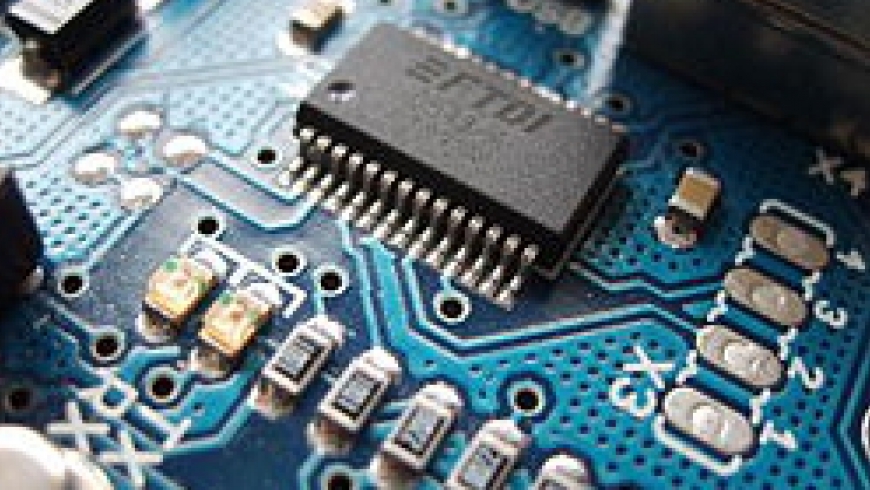What is the difference among a standard buffer and clock buffer?

A buffer is an ingredient which produces an output sign, which can be on the same value as being the enter signal. We could also refer a buffer being a repeater which repeats the sign it is actually receiving, equally as there are actually repeaters in phone signal transmission lines. You should have discovered that we've two sorts of buffers (or any logic gate) offered in normal cell libraries as:Clock buffer: The clock buffers are made precisely to own unique properties which have been supposed for being excellent for clock distribution networks (clock trees). The precise houses which can be expected within an excellent clock tree buffer are offered as down below. Nonetheless, it is impossible to attain these suitable properties for every buffer at each technology node. It may be only attainable to obtain near these homes.Equivalent rise and fall timesLess delaysLess delay variants with pVT and OCV.Ordinary buffer/data buffer: For any knowledge buffer, the above mentioned houses are frequently a lot less ideal.
Let us impress you with our clock buffer divider groundbreaking innovation. Heisener is the leading technology integrated devices provider with global presence.
Usually, we are able to express that adhering to dissimilarities might exist in between a clock buffer in addition to a typical buffer:In SoCs, clock routing is completed in bigger metallic levels when compared with sign routing. So, to provide less complicated use of clock pins from these layers, clock buffers could have pins in larger metallic layers. That is definitely, vias are supplied in conventional cell by itself in place of necessitating on possessing in clock distribution network. For the information buffer, the pins are anticipated to become in lessen layers only.Clock buffers are well balanced. Basically, rise and tumble periods of clock buffers are practically equivalent.
The reason guiding this is often that if your clock buffers are certainly not balanced, there will be duty cycle distortion while in the clock tree, which may bring about pulse width violations as discussed in minimum pulse width violation case in point. However, details buffers can compromise with possibly of rise/fall periods. In other words, they dont really need to have pMOS/NMOS measurement for being 2:one; and hence, is often of scaled-down dimensions compared to clock buffers.Thanks to earlier mentioned motive, clock buffers eat additional electricity as compared with normal buffers.Normally, you can find clock buffers with greater generate strength compared to normal buffers. To make sure that a clock buffer can drive very long nets and might have increased fanouts. This can help clock buffers, and hence, clock trees to have considerably less total delays.
相關文章:

Komentarze